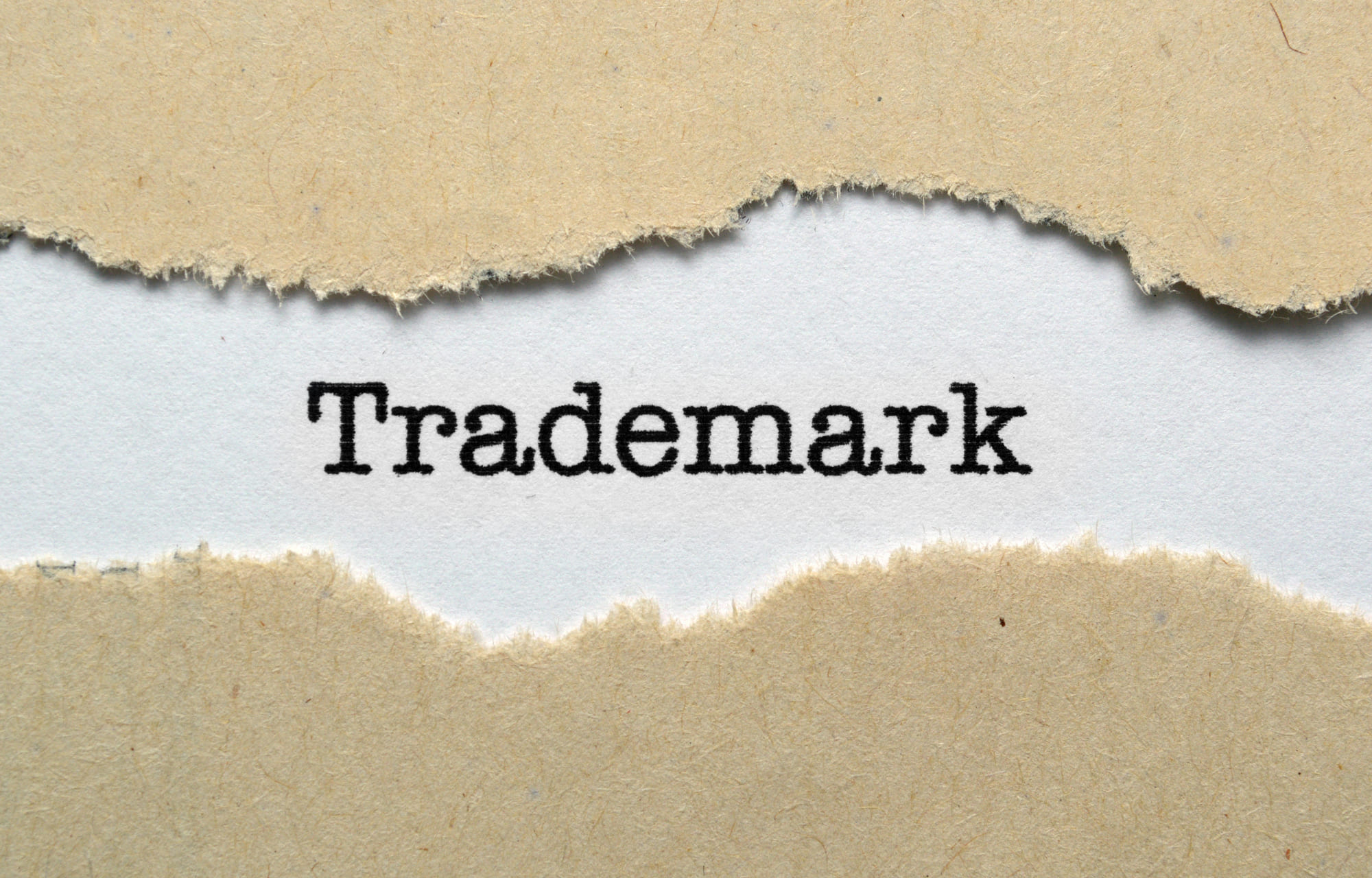So if you’re looking to Trademark a name or design (such as a logo or business asset), it is important to know that the process isn’t easy. You’ll be up against decades of registered Trademarks and a USPTO assigned directly to your application to ensure the Trademark is unique in name, design, and use to you. There are 5 categories the Trademark can fall into when determining “distinctiveness”: Arbitrary, Fanciful, Suggestive, Descriptive, or Generic. We will break down what each category means and the general likelihood of success for each category.
The Trademark-ability of a Name, Phrase, or Design
Generic
Generic is just as the name would imply, in that the name or design, is not unique in any way. When the USPTO determines a mark as “generic”, there is virtually no recourse to have the mark approved and registered. This means that the mark is too common in the eyes of the USPTO to give your company exclusive rights to it. The only option when it comes to generic marks is building a case that your brand is completely synonymous with this name or design. So if I wanted to Trademark “Tape”, I would have to compile a mountain of evidence that shows that my brand has been using that name and has been successful in our branding that the word “Tape” is now almost exclusively used to refer to my brand.
Brands also run the risk of having their Trademarked names fall into the Generic category. A great example of this is BandAid. BandAid has now become so synonymous with adhesive bandages that it has risked falling into the generic category. Should your mark be approved while considered Generic, it is also the hardest to enforce your rights to that mark.
Descriptive
Descriptive is another tricky category for the distinctiveness of a trademark. As the name would suggest, the mark is describing the brand, the product, or a feature of a product. Descriptive is also difficult to present to the USPTO; however, the chance of success is much higher than generic. For a descriptive mark to be approved, there must be substantial proof of use and branding that gives the description another meaning – your mark. For example, if I wanted to trademark “New York Law Firm”, I would have to prove that I have been using this for my brand and it has now become a secondary meaning for that phrase. Even if approved, marks that are considered descriptive have limited rights to that name, phrase, or design.
Suggestive
Suggestive is the next tier in the distinctiveness ladder, in which a mark is distinct but in a way that “requires imagination and is unique”. Suggestive marks are the most common type of trademark applied for, since most brands tend to pick names and designs that are similar to their offerings, but with a unique twist. A good example of a suggestive mark is the name, “InkMate” which is a pen brand. The name doesn’t explicitly say that the product is a pen but pens use ink and it’s a fair logical leap for people to understand InkMate as a pen. It requires a little imagination and deductive reasoning but it still has some connection to the exact product. Suggestive marks have more rights and protections than descriptive or generic.
Arbitrary
Arbitrary names and logos are marks that have absolutely no connection to their brand or product. This means that the name or design is an existing word or form that we already know. Two great examples of this are “Apple” and “Dove”. The name and logo for apple have nothing to do with technology or computers, yet Apple has become so heavily used that people now associate the word apple with a phone or computer. The same applies to Dove, which is a soap and beauty brand. Their logo is just the form of a dove, which has no connection to personal health and hygiene. An arbitrary mark has more right to use and protection than a Suggestive mark.
Fanciful
Fanciful is the USPTO’s name for imaginary. If a mark is considered Fanciful, then the name, phrase, or logo is completely made-up. Because it is invented, marks in this area are the easiest to be approved and prove distinctiveness. Also, fanciful marks are afforded the largest scope of protection by the USPTO.
Summary
Each category of the distinctiveness scale increases in the ease of getting approved and the rights of use granted by the trademark. Generic marks are next to impossible to get approved and provide very little rights. Fanciful marks are the easiest to approve and provide the broadest level of protection. If you follow these examples and this scale, you can gauge how likely your trademark is to be approved by the USPTO. If you have any questions or are ready to start your trademark, you can call our office at 516-908-9519



